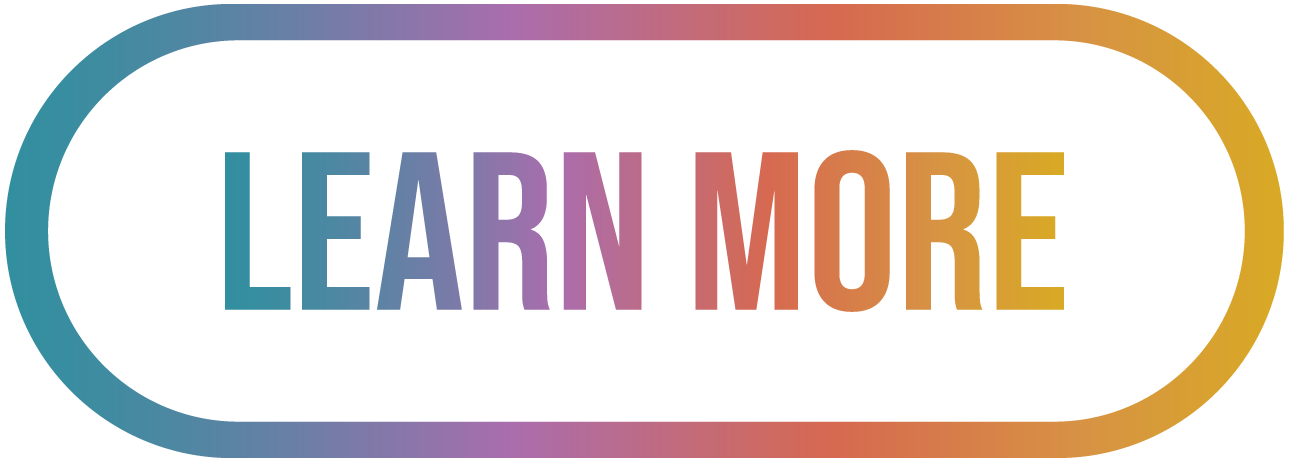National test scores released on May 3rd, 2023, showed a marked drop in students’ knowledge of U.S. history and a modest decline in civics.
The following is an excerpt from the NY Times article, "It’s Not Just Math and Reading: U.S. History Scores for 8th Graders Plunge" by Sarah Mervosh.
Since the implementation of No Child Left Behind in the early 2000s and its update during the Obama administration, federal policy has required states to test students in reading and math. Periodic testing is also required for science. No such mandate exists for social studies. (Many state policies around testing and accountability also do not include social studies.) While some experts have criticized standardized tests as limited in effectiveness and detrimental to students, most generally agree: What is tested drives what is taught.
Instructional time for social studies declined after the implementation of No Child Left Behind, a pattern that was amplified during the pandemic, when schools had to triage academic losses, resulting in more of a focus on reading and math.
FIGURETrend in eighth-grade NAEP civics average scores
*Significantly different (p < .05) from 2022.
This recent data illustrates what History UnErased already knows all too well: The US has significant work to do in the teaching and learning of history, social studies, and civics education. Looking at this data is a clear reminder that history and civics need to be a critical core discipline; in fact, our democracy depends on it now more than ever.
As Miguel A. Cardona, President Biden’s education secretary, highlights “Now is not the time: Banning history books and censoring educators from teaching these important subjects does our students a disservice and will move America in the wrong direction.”
“Wrong direction” is right. Democracy relies on the informed participation of our citizens and the foundation of being informed is established in the K-12 classroom. History UnErased not only plays a critical role in the ongoing transformation of how we teach history and civics in the US, but we are also well-prepared for the challenge!
Our curriculum is intersectional by design, cultivating space that unerases the intersectional history of marginalized communities while uncovering the LGBTQ history that has been absent from curriculum for far too long. Our rich curriculum provides flexible, responsive and multimodal learning tools for the digital age. Our focus on primary source documents helps students relate to events of the past in a personal way, creating personal connections that support inquiry while cultivating enduring understandings and transferable life skills.
Last, our whole school / whole district model is designed to reach every school community member - from students to teachers, administrators and staff, to guardians/parents and caregivers. The goal is to provide as many people engaged in student life with the foundational history that the majority of us missed out on in our own education. This is working to dispel any misperceptions, allay any fear, and include everyone in the learning. This is the first step in paving the way for lasting societal change that is welcoming and safe for all people.
We often say at History UnErased that our curriculum literally saves lives - it does! - but we also know that strong teaching and learning of true history is necessary to change the world.

